Ups and downs of alpine touring
The woods in winter are an enchanted place. Tree limbs become embellished with a filigree of new snow, and sunlight filters through the canopy to turn frozen particles of humidity into glitter suspended in the air. The winter woods can be romantic, demanding, invigorating, dangerous, soulful, and inspiring all at the same time.
Seduced by backcountry charms, more and more skiers are turning to alpine touring to escape the mechanized and often crowded world of lift-serviced downhill skiing. Statistics show that while overall North American participation in skiing has remained more or less level over the last few years, participation in backcountry skiing has been growing steadily, at roughly 10 percent a year.
That number, however, is swelled by many “sidecountry” explorers, who still ride lifts and venture not far off-trail. Alpine tourers, more committed backcountry travelers who combine climbing with downhill skiing, still represent a minority of the backcountry percentage. But their numbers are growing rapidly, and many North American areas, Tremblant included, are responding by opening routes for uphill tourers. Deeper in the backcountry, touring huts across the continent are filling up regularly. Sales of alpine touring gear, though still small, are increasing sharply.
Who are these alpine tourers, other than atavistic throwbacks to the days pre-dating lifts? The small world of AT can be subdivided into a few different categories, skiers driven by different motivations. There are the hardcore uphillers, wending along narrow, trails from Tremblant’s base to the summit, whose gratification is mainly in the climb. Introspective serenity, flowing from the internal metronome of steady, aerobic breathing, is their thing, dovetailing with the endorphin supercharge that comes after heading upwards in time often measured in hours.
Conversely, there are the dedicated downhillers, for whom the climb is a laborious means to an end – something to put up with as a way of accessing the profound glory of backcountry powder. Between the devoted uphillers and the downhill powder junkies are various alpine touring types seeking their own perfect balance – their own harmonic convergence – between the rewards of going up and the thrills of going down.
AT skiers with different objectives, or different uphill-downhill balance points, thus need different gear. Within a labyrinthine tangle of ski-equipment choices, all AT gear finds a purpose, or a skier type, for which it is best suited. But where?

Ski gear
Each incremental move on the AT spectrum, in one direction or the other, tends to improve either uphill ease or downhill performance while sacrificing a little on the other side of the balance. Add to that the complication of location; an ideal set-up for the deep snows and wide-open spaces of backcountry British Columbia might falter in the tight spaces of the Quebec woods, and vice versa. Overall weight, ski width, and boot flexibility are some, but not all, of the criteria to consider in gear selection.
At an extreme end of the AT scale – literally – is feather-light gear for ski-mountaineering racing, ski-mo for short. Racing on uphill-downhill courses, ski-mo competitors spend much more time climbing than descending. Sacrificing a few seconds in downhill performance makes sense to gain minutes going uphill. Like racing bikes designed for hilly courses, weight (or lack of it) is everything in ski-mo equipment.
That’s why Dynafit, a leading AT manufacturer, makes a ski-mo binding that weighs in at just 110 grams, less than a quarter of the weight, of, for example, a G3 alpine-touring binding that is touted by the company as “superlight.” Ski-mo boots might weigh in at 2,000 grams a pair, about half the weight of an AT boot geared for optimizing downhill performance. Ski-mo race skis might come in at a gossamer 1,500 grams a pair.
But ski-mo racers represent a sliver of the AT population that is itself a sliver of the overall skiing population. In other words ski-mo gear is a specialty category wrapped inside a specialty category. Most AT skiers are willing to give up at least some of the uphill benefits of an ultra-light set-up in exchange for the greater downhill pleasure and control that typically comes with sturdier gear, especially beefier boots.
Skis
A handful of AT specialists – companies like Black Diamond and Dynafit – make numerous AT ski models to fit numerous purposes. And all of the major ski manufacturers also make AT models, sometimes distinguished from their in-bounds brethren by not much more than notches in the tips and tails to allow for the attachment of climbing skins.
Consider a few examples in the wide range of what’s out there. A ski like Atomic’s Backland 85, weighing in at about 2,500 grams a pair, might work well going uphill at Tremblant. Not too heavy, not too wide. In the BC backcountry, a wider and beefier ski, like the DPS Tour1 Wailer, 112 millimeters at the waist, ensures super flotation. But extra width means extra weight – about 600 grams more per pair than the Backland 85. That’s an extra 300 grams to lift in each of the thousands of steps taken in a long, uphill trek. It adds up.
Boots
Of course, whatever ski you choose should be matched with a compatible boot. It would be silly to combine a stiff, downhill-oriented boot with a light climbing ski, for example. At one end of the spectrum are boots like the muscular, super-stiff Tecnica Zero G Guide Pro for strong downhillers. But Salomon’s best-selling AT boot is the MTN Explorer, with a much softer flex. Some AT boots have removable tongues – tongue in for stiffer downhill performance, tongue out to go uphill more comfortably.
Interestingly, in what may be a case of a small tail wagging a big dog, AT design is having an impact on the overall equipment market. According to Snowsports Industries of America, a U.S. trade organization, “Backcountry is driving the trend toward lighter equipment across all categories of ski and snowboard.” If so, this might help to narrow the AT choices, with uphill-friendly light gear also packing a robust downhill punch.
Where do you fit within the uphill-downhill spectrum of AT skiing? Check out the next couple of pages for equipment that might best optimize the pleasure you seek in the enchanted woods of winter.
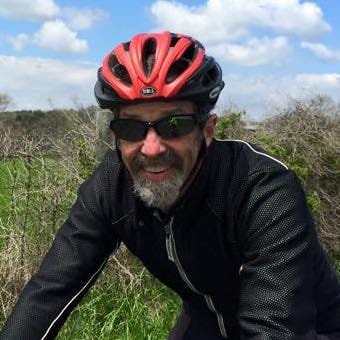
Peter Oliver9 Posts
Journaliste et éditeur depuis – selon ses dires – bien trop longtemps, Peter verra son travail publié dans de nombreuses publications majeures en Amérique du Nord, notamment en tant qu'auteur prolifique pour Skiing magazine dans les années 1980 et 1990. Il est l'auteur de sept livres sur le ski, le vélo et les voyages outre-mer. Skieur depuis l'âge de sept ans, il est venu skier à Tremblant pour la première fois avec sa famille en 1964. Aujourd'hui, il enseigne le ski de fond à Ole's Cross Country Centre, près de sa maison dans la vallée de la rivière Mad, au Vermont. / Peter Oliver’s work has appeared in numerous major publications in North America, most notably as a prolific writer for Skiing magazine in the 1980s and 1990s. He is the author of seven books on skiing, cycling, and international travel. He has been a skier since the age of seven, and first came to Tremblant on a ski vacation with his family in 1964. Today, he spends more time cross-country skiing than downhill skiing, and teaches cross-country, skate skiing in particular, at Ole’s Cross Country Center near his home in Vermont’s Mad River Valley.
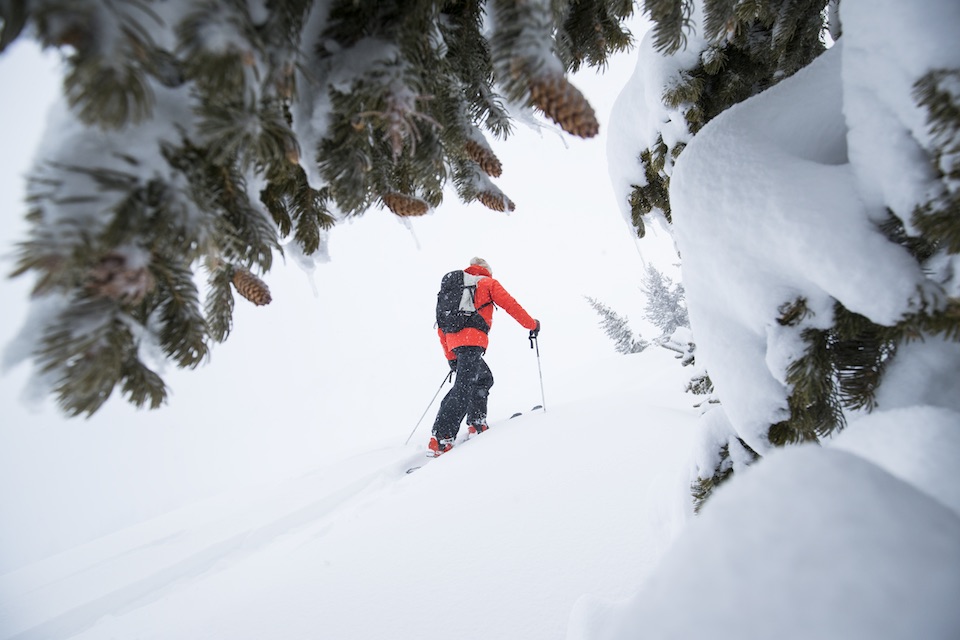
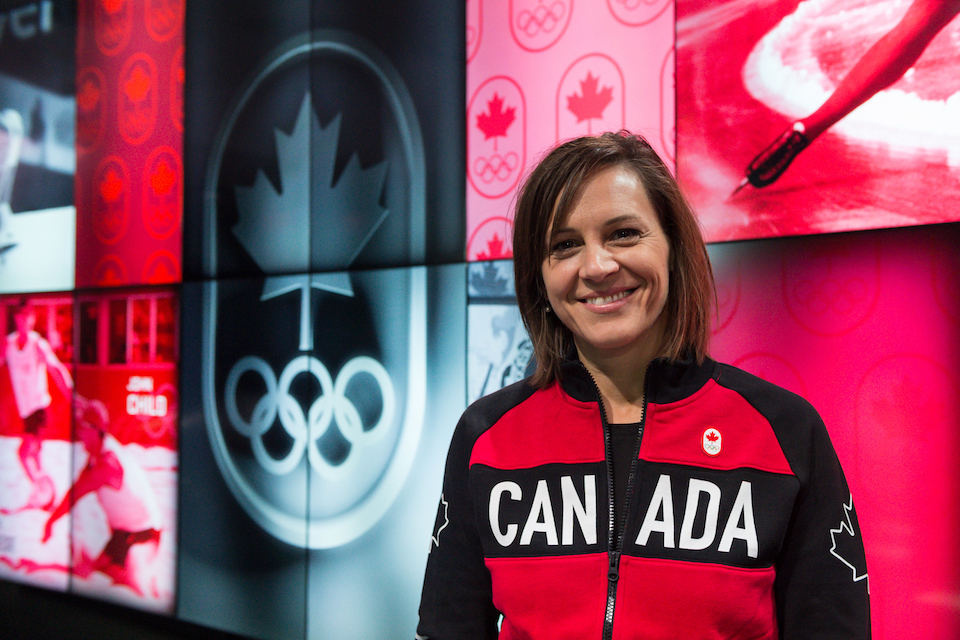

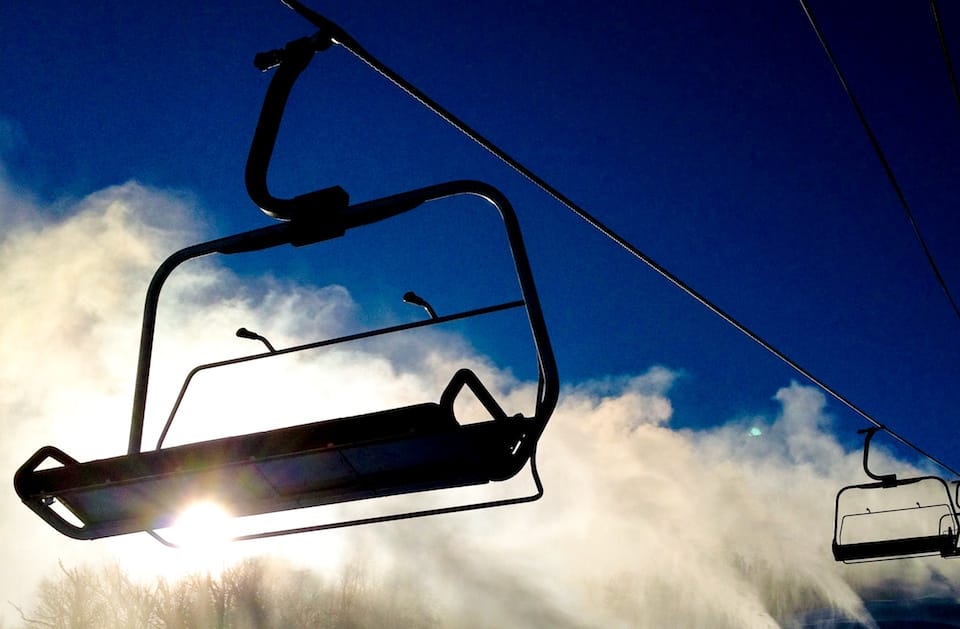
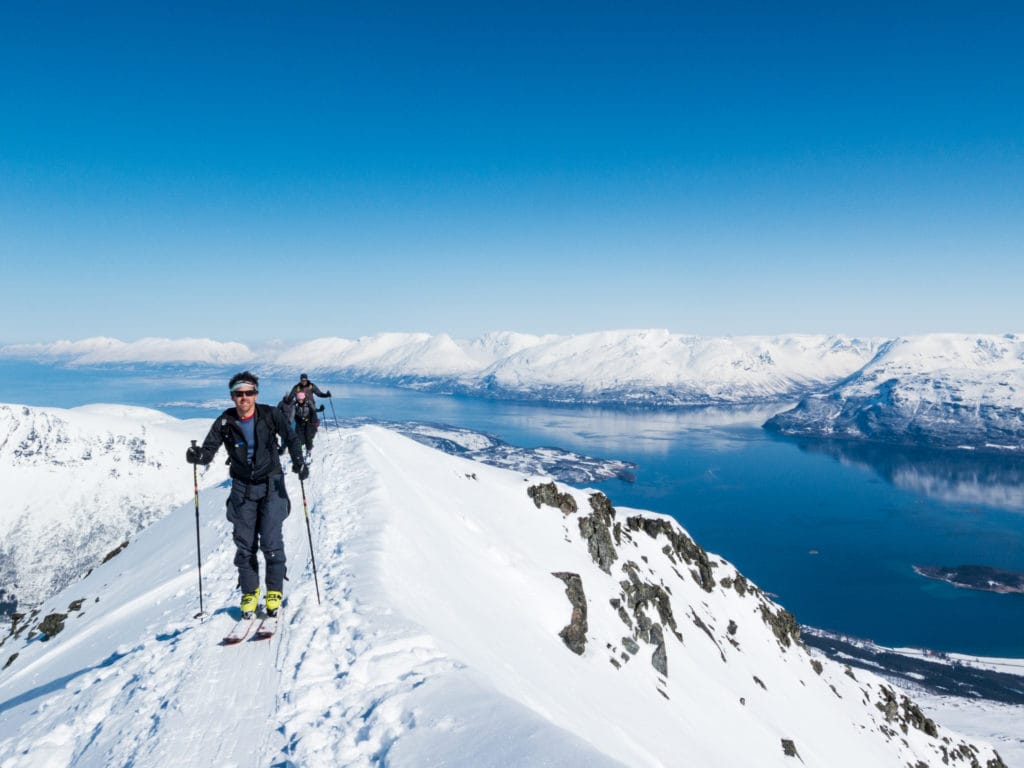
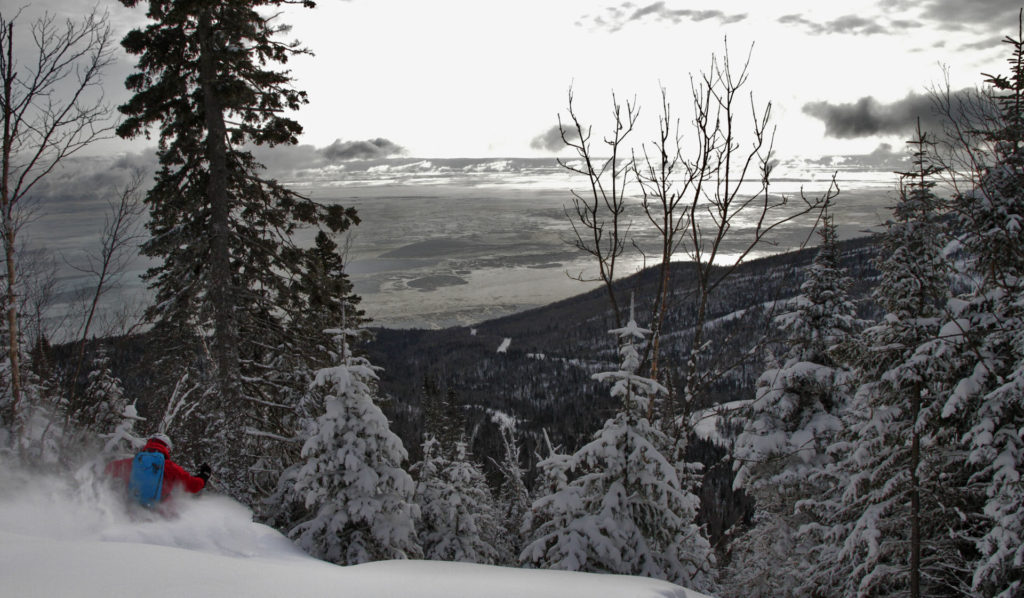
0 Comments